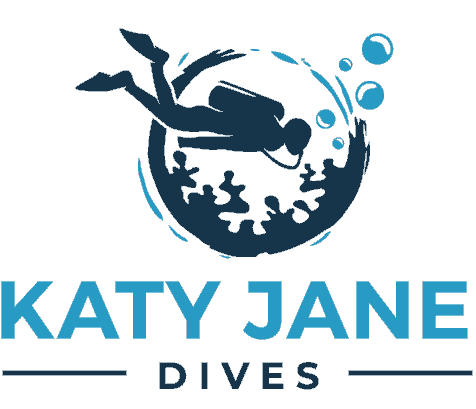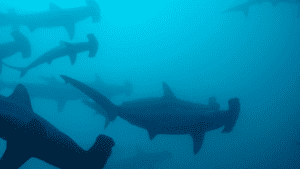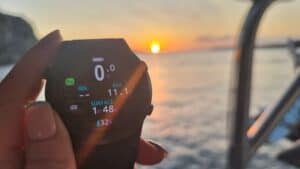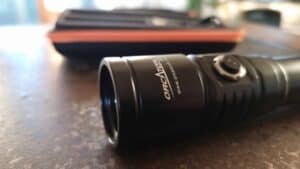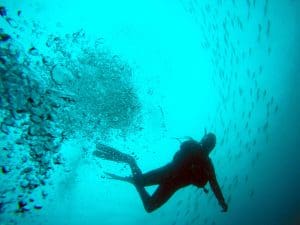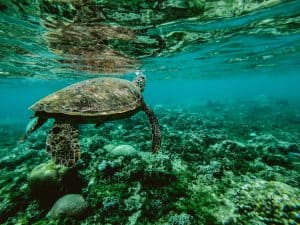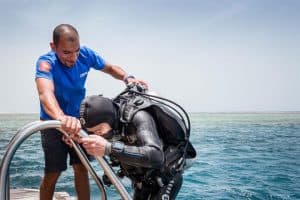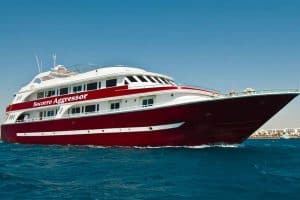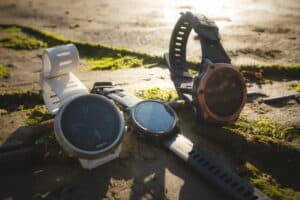Discover Dream Destinations
Featured Articles
Galaxy Diver Liveaboard Review
Embarking on a journey with the Galaxy Diver liveaboard in the Galapagos transforms a simple dive trip into an extraordinary …
Sharkskin T2 Chillproof Suit Review
The Sharkskin T2 Chillproof one-piece full suit, designed for warmth, sun protection, and resistance to marine stingers, became my trusted …
Bigblue VTL2900PB Dive Torch Review
Illuminate your underwater adventures with the Bigblue VTL2900PB torch, a versatile and powerful dive light. With its exceptional brightness and …
Latest Articles
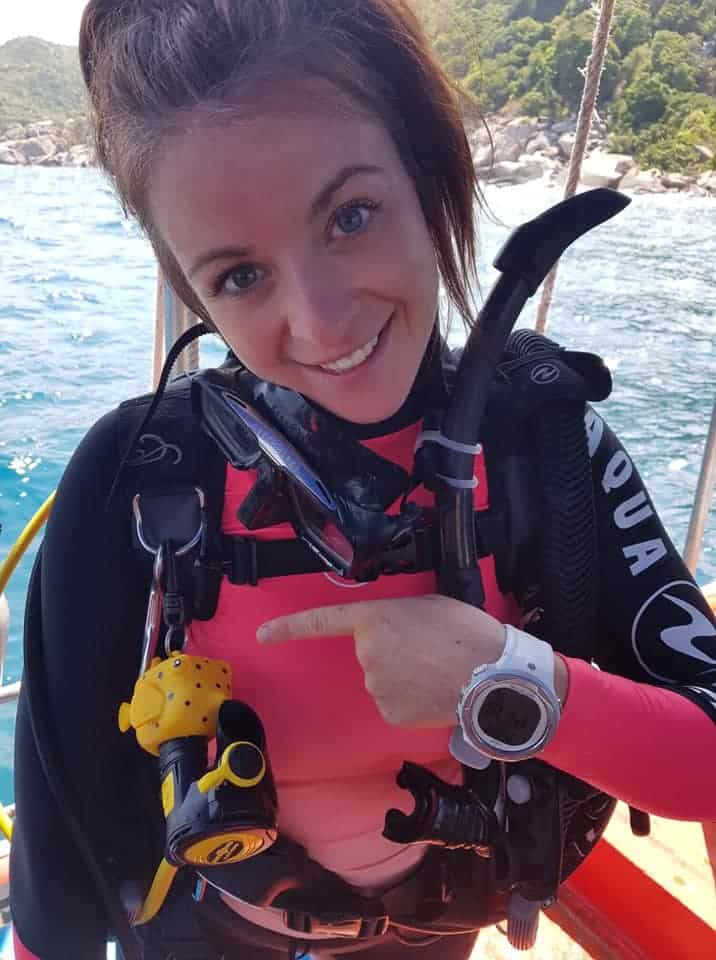
About Me
Katy Jane Dives
I’m Katy Jane (PADI MSDT), an environmental educator, scientist and now a part-time mermaid.
I have 100s of dives under my belt, and when starting, there weren’t as many resources for tips. I hope my experience can help you with your scuba diving adventures.
Follow my dream journey into the deep blue sea.
